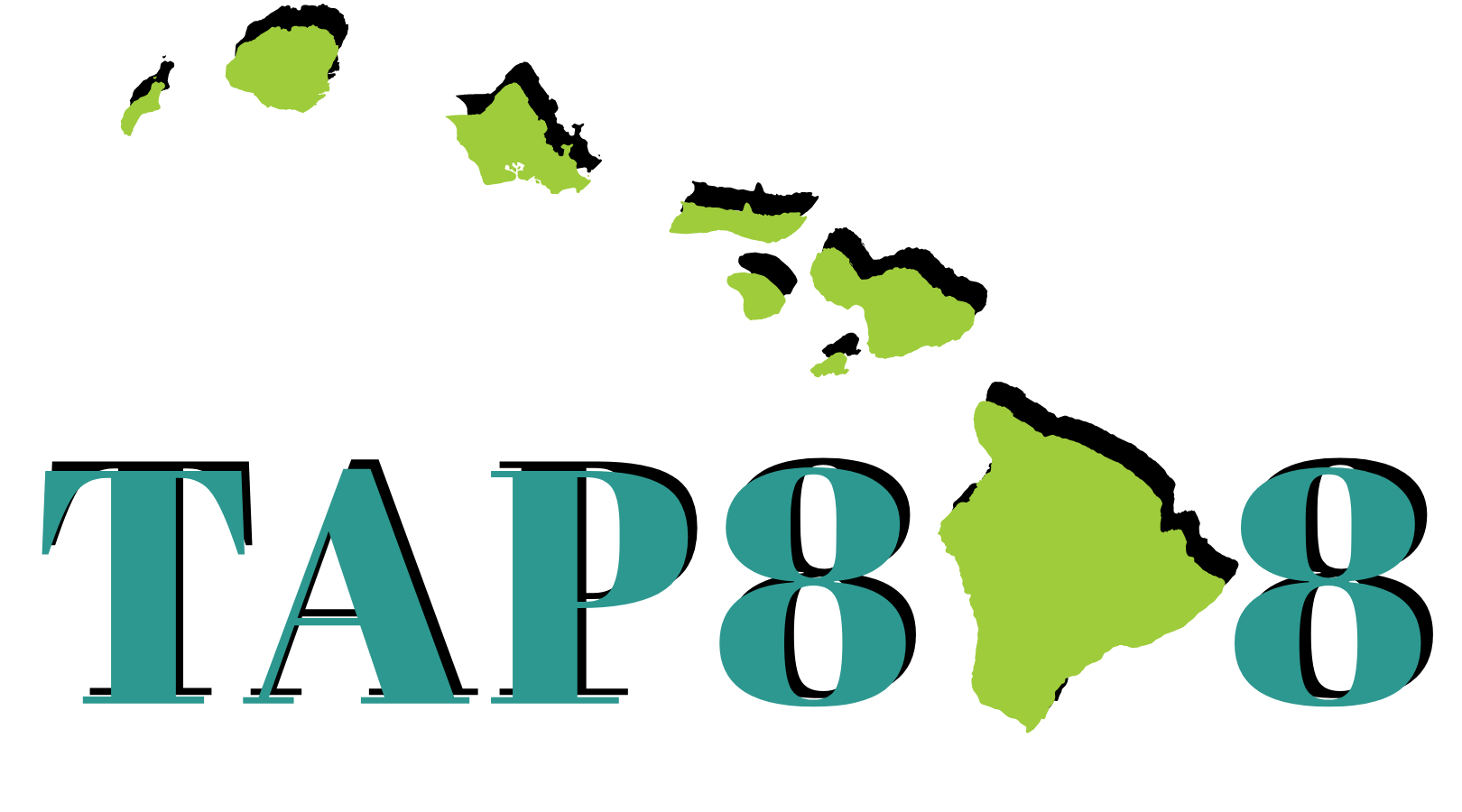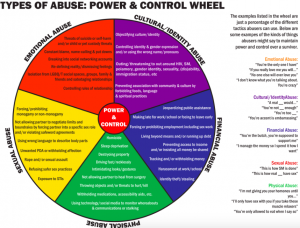Inclusivity: What Is It and Why Is It Important?
Inclusivity at T.A.P.! What is inclusivity? And why is it important?
- According to the Oxford Dictionary, Inclusivity means: “An intention or policy of including people who might otherwise be excluded or marginalized, such as those who are handicapped or learning-disabled, or racial and sexual minorities.”
- In simple terms, to be inclusive means to be mindful of ensuring safe spaces and people for those who might ordinarily be excluded from other spaces. In a perfect world, all spaces and people would be inclusive, but we know that this world is far from perfect.
- That is why, here at the Teen Alert Program, otherwise known as T.A.P. or T.A.P.808, we strive for an inclusive environment; not only with our education and services provided, but also with the cyber spaces of social media! As we know that social media is where it’s at for most young people, we want to make sure that our IG and website are spaces that feel inclusive and safe for everyone.

- One of the largest groups to continuously be excluded from many spaces is the LGBTQ+ (Lesbian, Gay, Bisexual, Transgender, Queer/Questioning) community. And for youth in this community, it can be even more difficult to find spaces that are inclusive and are able to provide you with the support you need.
- When it comes to LGBTQ+ youth and teen dating violence, what we know for sure is that LGBTQ+ youth experience dating violence at significantly higher rates that their non-LGBTQ+ counterparts. For example: according to a study done by the Urban Institute on LGBTQ+ teens, approximately 29% of heterosexual teens had experienced physical violence in a relationship, while almost 43% of LGB-identified teens had experienced the same in a relationship. In addition, in knowing that dating violence is based on power and control, many LGBTQ+ individuals find themselves facing additional forms of power and control.
One of the greatest difficulties faced by LGBTQ+ identified individuals, is that they often feel that they canNOT seek help. This is sad, but understandable when looking at what they often are risking in doing so; also, in looking at the exclusion and discrimination often faced by the community when they do seek help, it's no wonder many choose to deal with their troubles silently. But no one should have to deal with these issues alone.
So! How can you be a resource, or an ally, even if you are not a member of the LGBTQ+ community? Just like with any friend who may be going through a tough time in their relationship:
- Listen to them
- Support them
- Tell them about T.A.P.!
- Tell them about other safe spaces that they can go to for support
- Overall, just be their friend
If you are a teacher or a service provider, how can you make sure that your classroom or organization is inclusive?
- If you have staff that is part of the LGBTQ+ community, recognize their talents and involve them at all levels
- Ensure confidentiality with clients (remember, many members of the community may not be out to all family, friends, employers, etc.)
- Avoid assumptions, and remember the resiliency of LGBTQ+ youth, and all
- Educate yourself and others in your school/agency
- Identify safe resources to connect with for your LGBTQ+ students/clients/consumers
- Ask your students/clients/consumers and the LGBTQ+ community how they feel about the inclusiveness of your classroom/school/agency.
- Be willing to make a change


